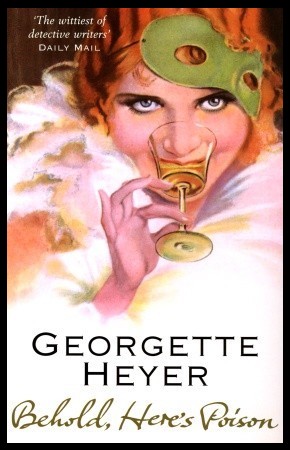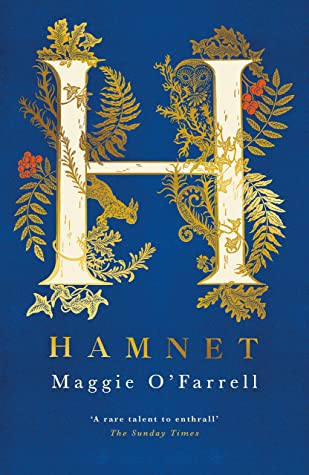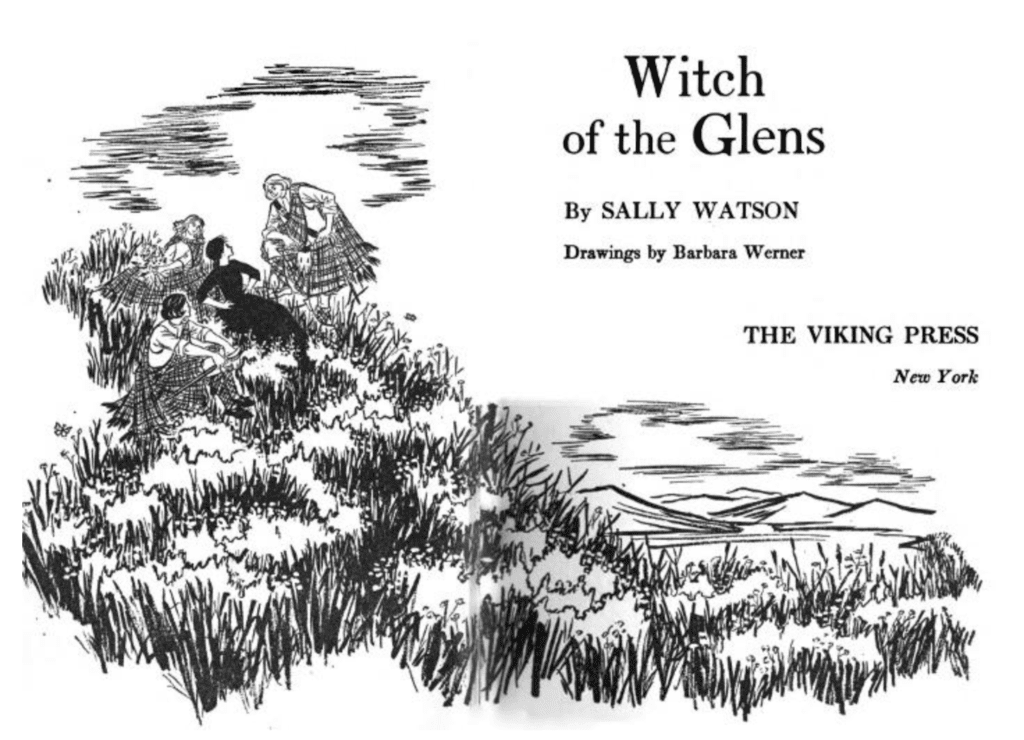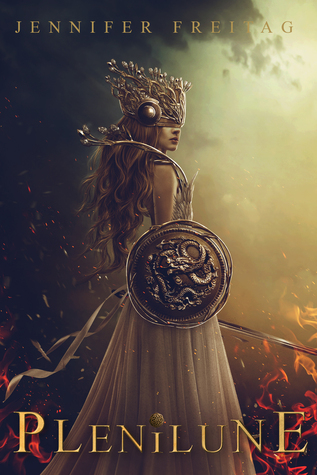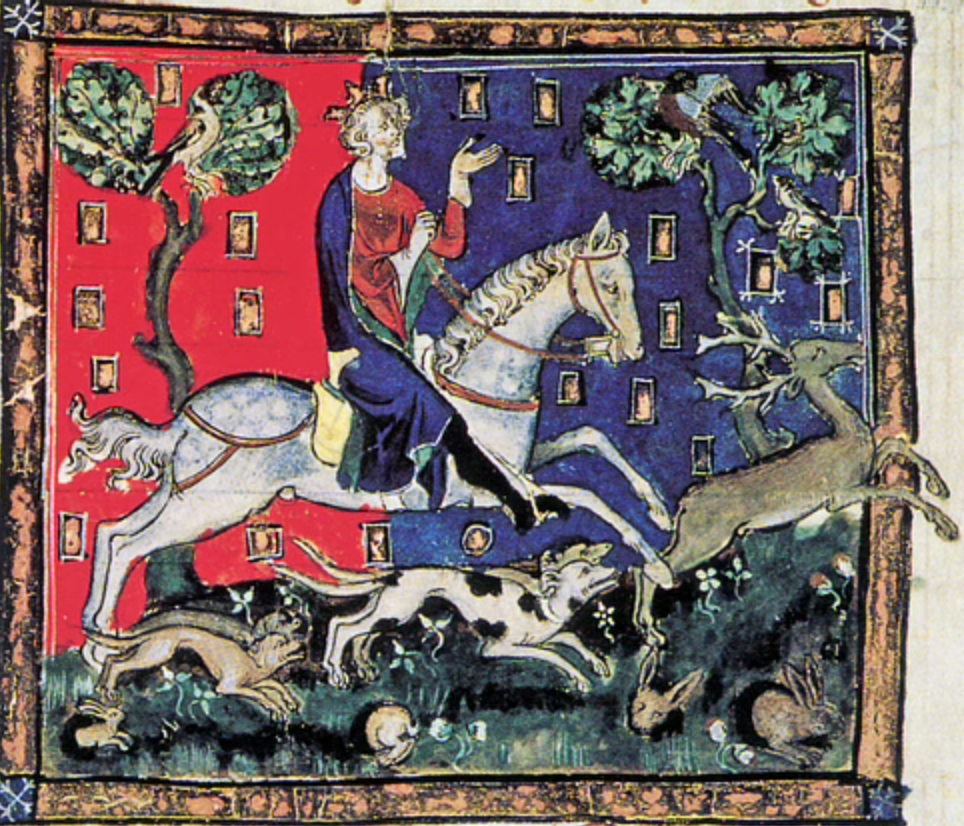“SHOPMAN: “You may have your choice — penny plain or twopence coloured.”
SOLEMN SMALL BOY: “Penny plain, please. It’s better value for the money.”

Penny Plain by O. Douglas was a cozy, charming find (thanks to Elisabeth’s recommendation from last year). It’s set in the small town of Priorsford in Scotland, in the 1920s just after WWI.
Young Jean Jardine, barely twenty four, has been taking care of her three younger brothers since a long time. The Jardines have lived on meager means since their parents passed away, but they are an optimistic, good-hearted lot. There’s young rascal Mhor and his dog Peter, Jock who detests sentimentality because he’s at that teenage of life, David who got a scholarship to Oxford and just wants to improve things for his sister. They make do with what they have, possessing a secret of happiness that certainly the rich don’t. Oh, and they read lot, and quote Shakespeare and Sir Walter Scott and lots of wonderful poetry.
